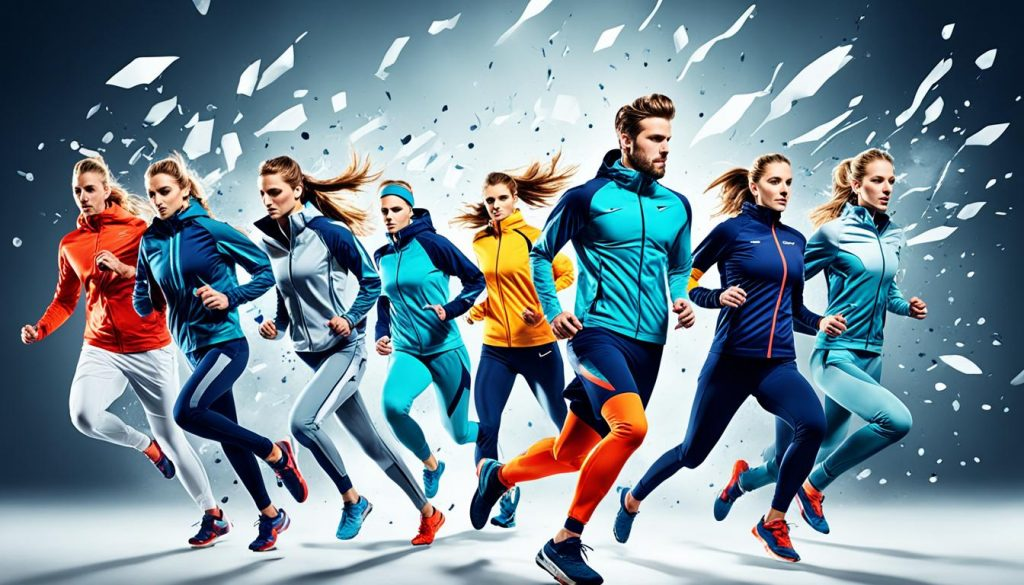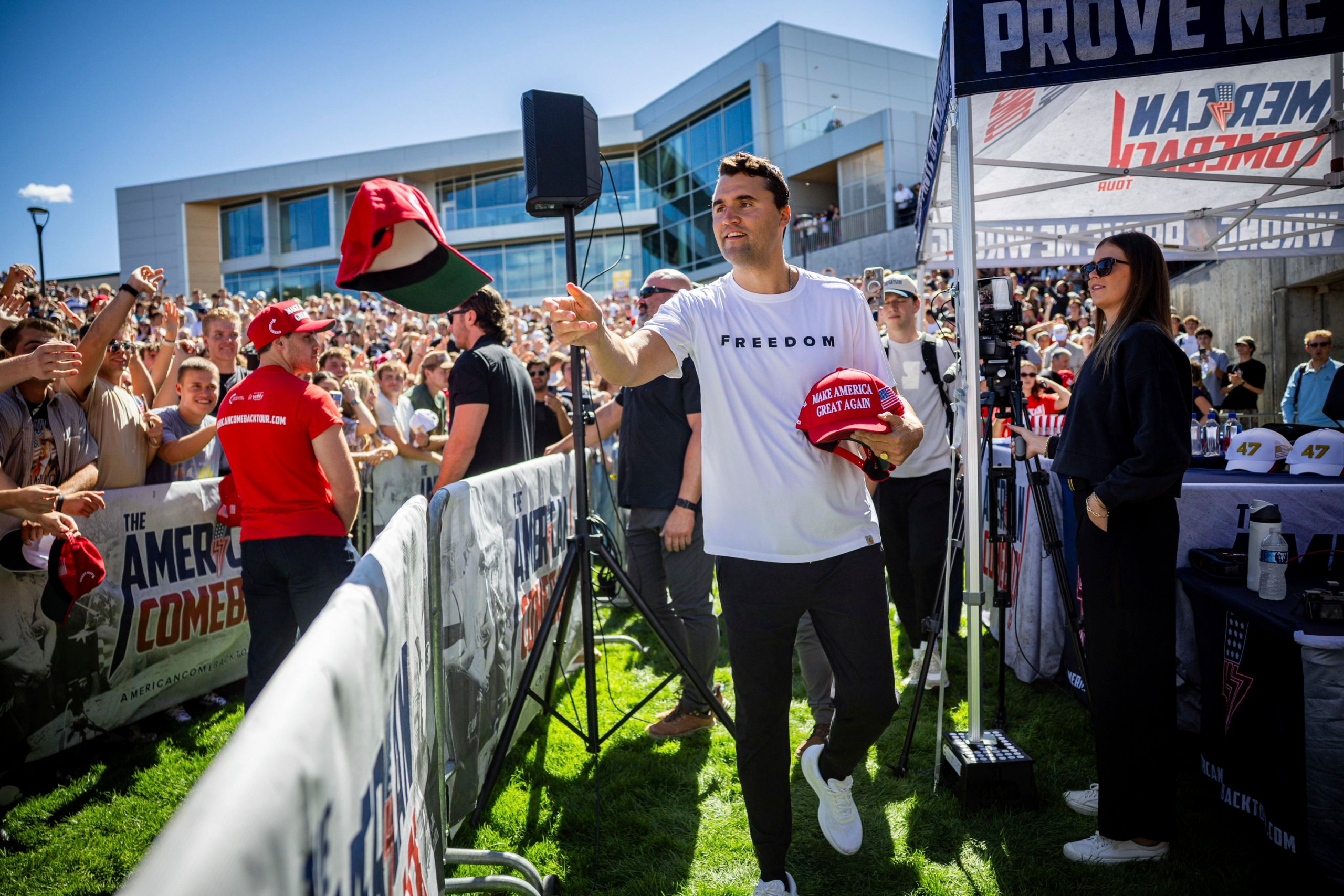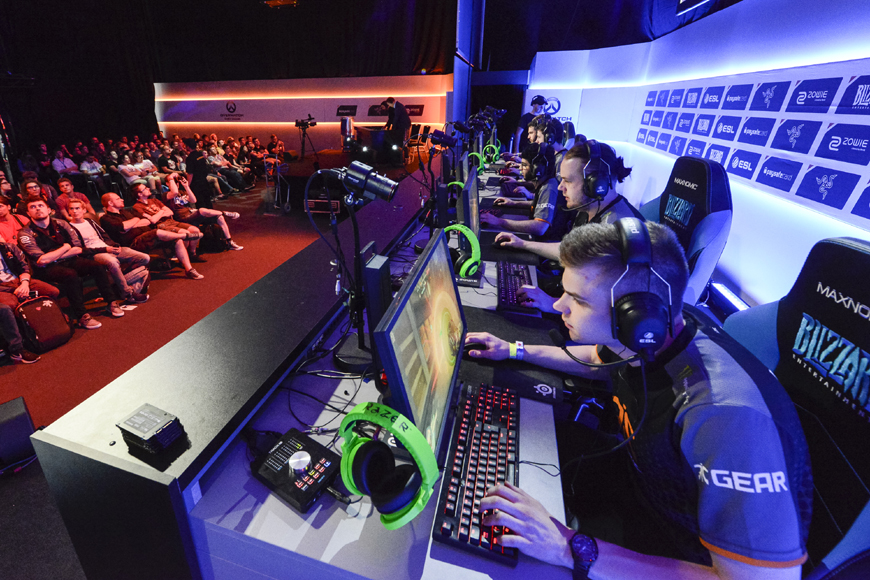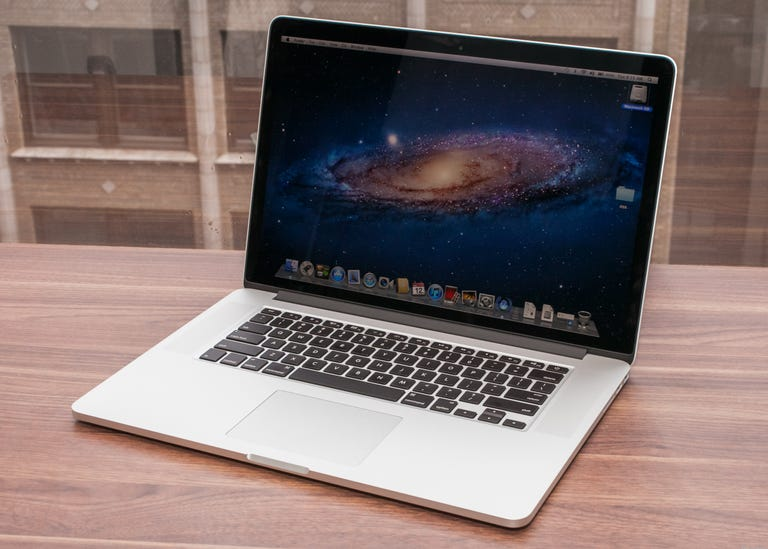In the world of sports and fitness, the environment is often an overlooked yet powerful player in shaping performance and mindset. As we look toward 2026, interior design experts are predicting a palette of six colors that will dominate not just homes and offices but increasingly the spaces where athletes train, compete, and recover. Far beyond mere decoration, these hues are intertwined with the psychology of performance, the physiology of recovery, and the culture of outdoor and esports pursuits, reflecting a nuanced understanding of how colors influence human behavior and well-being.
Consider how color psychology has long informed athletic training methodologies. For instance, shades of blue have been associated with calmness and focus, crucial traits when an athlete must maintain composure under pressure. This aligns with recent studies published in journals such as the International Journal of Sports Science & Coaching, which highlight how environmental factors, including color, can modulate arousal levels and cognitive function during training sessions. As experts from veranda.com suggest, a serene yet invigorating blue will be among the six colors to watch in 2026 interiors, especially in spaces dedicated to mental conditioning and recovery. This choice resonates with the broader movement towards mindfulness and psychological resilience in sports, where mental stamina is as prized as physical prowess.

Meanwhile, earthy tones—warm terracottas and muted greens—are making a comeback, signaling a shift toward reconnecting athletes with nature even within indoor environments. This trend mirrors the growing popularity of outdoor pursuits and biophilic design principles, which emphasize natural elements to enhance well-being. Athletes who train in spaces that evoke the outdoors often report increased motivation and reduced stress, a phenomenon supported by research into environmental psychology. These colors are not merely aesthetic choices but strategic tools to bridge the gap between the controlled indoor environment and the unpredictable natural world where many sports take place.
The rise of esports culture has also influenced interior color trends in athletic spaces. Neon accents and vibrant purples are seeping into training rooms and lounges, reflecting the digital vibrancy and high-energy atmosphere of competitive gaming. This crossover highlights an intriguing cultural fusion: traditional physical sports and esports are converging in their appreciation of environment-driven performance enhancement. The use of these bold colors in esports arenas and streaming setups can stimulate alertness and creativity, essential for split-second decision-making. This evolution is part of a larger discourse on how digital and physical athleticisms are shaping new kinds of sports environments, a topic explored in depth in publications like The Journal of Sports Analytics.

In addition, neutrals such as soft grays and warm beiges are being reimagined for sports facilities to create versatile backdrops that support varied activities—from high-intensity training to yoga and rehabilitation. These colors provide a psychological grounding effect, reducing overstimulation and helping athletes transition between different phases of their regimen. This approach aligns with contemporary training methodologies that emphasize holistic athlete care, integrating physical conditioning, mental health, and recovery. The nuanced application of these colors also reflects an understanding that space design can subtly influence circadian rhythms and hormonal responses, factors that directly impact athletic performance.
The interplay of these six colors—serene blues, earthy terracottas, muted greens, neon purples, soft grays, and warm beiges—offers a palette that is as functional as it is fashionable. It embodies a synthesis of tradition and innovation, nature and technology, physicality and psychology. For those interested in exploring how these color trends can be applied to sports environments, our story delves into the intersection of design and performance, revealing insights that go beyond aesthetics. Moreover, our in-depth resources provide practical guidance for athletes, coaches, and facility managers looking to harness the power of color in their training and competition spaces.

As we anticipate these colors ruling interiors in 2026, it’s worth reflecting on the broader implications. The design choices we make for athletic spaces are not just about style but about shaping experiences that can inspire, calm, energize, and heal. They remind us that performance is a holistic endeavor, where the mind and body are influenced by the environments we inhabit. Whether you’re an athlete seeking a competitive edge or a fan fascinated by the evolving culture of sports, understanding these trends offers a window into the future of how we train, compete, and recover. For further questions or personalized insights, feel free to contact the team, who are always eager to discuss the fusion of design and athletic excellence.
In the end, the colors that will dominate in 2026 speak to a deeper narrative about balance and adaptability—qualities essential to all athletes. They invite us to consider how the spaces around us can be allies in the pursuit of peak performance, reminding us that sometimes, the most subtle influences can make the most profound difference.
References:
- Color psychology in sports performance (International Journal of Sports Science & Coaching)
- Biophilic design and athlete well-being (Frontiers in Psychology)
Esports and environment influence (The Journal of Sports Analytics)
Yet, beyond the palettes and hues lies a more profound dialogue about how these colors intersect with the evolving ethos of sports and fitness culture. The athletes of tomorrow are not just competing against opponents but against the constraints of their own physical and mental limits, and the environments they inhabit play an increasingly pivotal role in this battle. Consider the rise of biophilic design principles, which integrate natural elements into training spaces to enhance mood and cognitive function. This is where the color choices of 2026 find their ultimate purpose—not merely as aesthetic statements but as strategic tools that subtly influence an athlete’s state of mind and recovery cycles. The calming greens and earthy tones, for example, are more than visual comfort; they echo the rhythms of nature, fostering a sense of grounding that can be crucial after grueling workouts or high-pressure competitions.
This convergence of color psychology and athletic performance also reflects broader societal shifts toward mindfulness and holistic wellness. It’s no coincidence that colors promoting tranquility and focus are gaining traction alongside a surge in mental health awareness within the sports community. With teams and trainers increasingly recognizing the importance of mental resilience, the role of the physical surroundings—and thus their color schemes—becomes inseparable from the athlete’s overall regimen. In esports arenas, where players rely heavily on split-second decisions and sustained concentration, the ambient colors can either amplify alertness or induce fatigue, demonstrating that even digital sports arenas are not immune to these chromatic influences.

Looking ahead, it’s fascinating to speculate how these color trends might evolve alongside emerging technologies. Virtual and augmented reality training environments, for example, offer limitless possibilities for customizing color schemes to optimize performance metrics tailored to individual athletes. Imagine a future where an athlete’s training room dynamically shifts its colors based on biometric feedback, adjusting to reduce stress or boost energy as needed. Such innovations would not only revolutionize physical preparation but also redefine the intimate connection between human psychology and spatial design.
In this light, the colors heralded for 2026 are more than mere trends—they are harbingers of a new era where design and athleticism are inextricably linked. This synergy challenges us to rethink how we craft spaces that do more than house activity but actively contribute to the athlete’s journey. As the boundaries between physical and mental performance blur, so too must our understanding of the environments that shape them. The future of sports, then, is as much about mastering color and space as it is about training technique or equipment innovation, inviting a holistic approach that could transform how champions are made.
Yet, as we envision these vibrant, responsive spaces, it’s important to recognize the cultural and emotional contexts that color carries, especially in athletic environments. Colors are never neutral; they evoke memories, symbolize values, and can even carry geopolitical weight. Consider how national teams wear certain hues to embody pride and unity, or how sports arenas adopt color schemes that reflect local heritage, forging a sense of belonging among fans and athletes alike. This layering of meaning means that the palette of 2026 won’t just be about aesthetics or optimizing performance—it will also be a canvas on which identity and community are projected.
Moreover, the integration of sustainable materials and biophilic design principles is set to deepen the relationship between color and environment in sports spaces. Experts highlight that colors reminiscent of nature—earthy greens, soft blues, and warm neutrals—foster a restorative atmosphere, which is crucial in high-pressure training contexts. These hues help counterbalance the hyper-stimulation of digital interfaces and artificial lighting, grounding athletes in a sensory experience that’s both calming and revitalizing. As environmental concerns continue to shape architectural choices, the colors that dominate interiors will likely reflect not only psychological needs but ecological consciousness as well.

Interestingly, the conversation around color in sports interiors intersects with broader societal shifts regarding mental health and well-being. The rise of mindfulness practices and holistic wellness approaches in athletic training encourages environments that support mental resilience. Colors that evoke tranquility and focus might be strategically employed in recovery rooms or meditation spaces within sports complexes, subtly influencing mood and cognitive states. This nuanced use of color underscores a growing recognition: performance is not merely physical but profoundly psychological, and our surroundings can either hinder or enhance this delicate balance.
Looking beyond the immediate horizon, one can imagine a future where data-driven customization of interior color schemes becomes standard practice. Wearable tech and AI could analyze an athlete’s emotional state in real-time, prompting subtle shifts in color temperature or saturation to maintain optimal arousal levels. This would mark a radical departure from static design, ushering in an era of fluid, adaptive environments that respond to the ever-changing human condition. Such a transformation would not only redefine the athlete’s experience but also challenge designers and engineers to collaborate across disciplines in unprecedented ways.
Ultimately, the colors poised to dominate interiors in 2026 are emblematic of a broader evolution—a move toward environments that are as dynamic and multifaceted as the athletes they serve. They remind us that design is not just about creating beautiful spaces but about shaping experiences that resonate deeply on physical, emotional, and cultural levels. As we continue to explore this vibrant frontier, it becomes clear that the intersection of color, space, and sport holds untapped potential to inspire, heal, and elevate human performance in ways we are only beginning to understand.
This burgeoning synergy between color psychology and athletic performance also invites us to reconsider traditional notions of competition and training spaces. No longer confined to sterile gymnasiums or monotone locker rooms, the future athlete’s environment might resemble a canvas—alive with shifting hues that mirror the rhythms of their body and mind. Imagine a recovery lounge bathed in calming shades of blue and lavender after a grueling session, gradually transitioning to invigorating reds and oranges as motivation builds for the next challenge. This fluidity in design reflects a broader cultural shift towards personalization and holistic wellness, where every element, down to the color palette, is calibrated to support not just muscles but mental resilience and focus.
Moreover, these color trends resonate beyond the training ground, influencing how athletes and enthusiasts engage with their communities and fans. Social media platforms have already amplified the visual language of sport, with branded colors becoming synonymous with identity and spirit. As 2026 approaches, we can anticipate a deeper integration of these hues into fan experiences, merchandise, and even virtual reality environments, further blurring the line between physical and digital realms. This evolution opens avenues for storytelling through color narratives, where each shade embodies a facet of athletic journey—be it perseverance, triumph, or camaraderie.
Yet, this chromatic revolution is not without its complexities. Critics caution against overreliance on color modulation, warning that it risks commodifying emotional states or oversimplifying the nuanced human psyche. There is also the challenge of accessibility, ensuring that color choices are inclusive for individuals with visual impairments or cultural differences in color perception. Designers and sports scientists must therefore navigate these ethical and practical considerations with sensitivity, fostering environments that empower rather than manipulate.
Looking ahead, the fusion of color science and sport beckons a future rich with possibility. As materials innovate and technology advances, we may see walls that breathe color, floors that pulse with energy, and uniforms that respond chromatically to exertion. These developments not only promise to elevate performance but to humanize the athletic experience, reminding us that at the heart of every game lies a deeply personal story illuminated by the hues that surround us.
In embracing these vibrant shifts, the world of sports and fitness stands on the cusp of a remarkable transformation—one where color transcends decoration to become a vital instrument in the symphony of human potential.
This transformation echoes beyond mere aesthetics, touching on the very ethos of sportsmanship and physical culture. Take, for instance, the rise of biophilic design principles within athletic spaces, where natural hues—soft greens, earthy browns, and oceanic blues—are integrated to foster a connection between athletes and the environment. This approach not only calms the mind but also aligns with a growing awareness of sustainability in sports infrastructure, reminding us that the palette of the future is as much about ecological consciousness as it is about psychological impact. The interplay between color and environment thus becomes a dialogue between human ambition and planetary stewardship, an essential narrative in the evolution of sports interiors.

Moreover, these chromatic choices are beginning to influence the very architecture of athletic venues. Imagine stadiums bathed in shifting hues that respond to the ebb and flow of the game, where lighting systems adapt in real-time to enhance the spectator experience and amplify the emotional cadence of competition. This dynamic use of color can deepen engagement, turning passive observers into active participants in the spectacle. Yet, such innovations also provoke questions about authenticity and distraction—does the spectacle of color risk overshadowing the raw, unmediated drama of sport? The balance between enhancement and excess remains a delicate one, inviting ongoing debate among designers, athletes, and fans alike.
Intriguingly, the psychological ramifications extend into training methodologies as well. Coaches are experimenting with color-coded environments to reinforce specific mental states—using energizing reds to stimulate aggression during drills or cool blues to promote focus and recovery. This nuanced application of color psychology dovetails with advances in neurofeedback and wearable technology, creating a feedback loop where an athlete’s emotional and physiological data inform environmental adjustments in real-time. It’s a glimpse into a future where sports facilities are not static backdrops but living, responsive ecosystems tailored to optimize human performance.
Yet, amid these exciting prospects, it’s crucial to remember that color, no matter how vibrant or scientifically harnessed, remains just one thread in the intricate tapestry of athletic experience. The spirit of competition, the resilience forged through hardship, and the unquantifiable joy of movement transcend any palette. As we hurtle toward 2026 and beyond, the challenge for sports designers and psychologists alike will be to wield color not as a gimmick or a superficial trend but as a genuine enhancer of the human story—a subtle brushstroke illuminating the endless pursuit of excellence.




